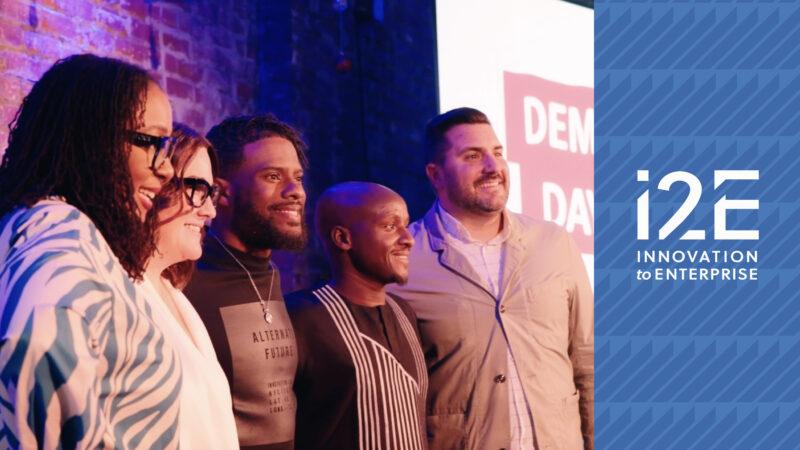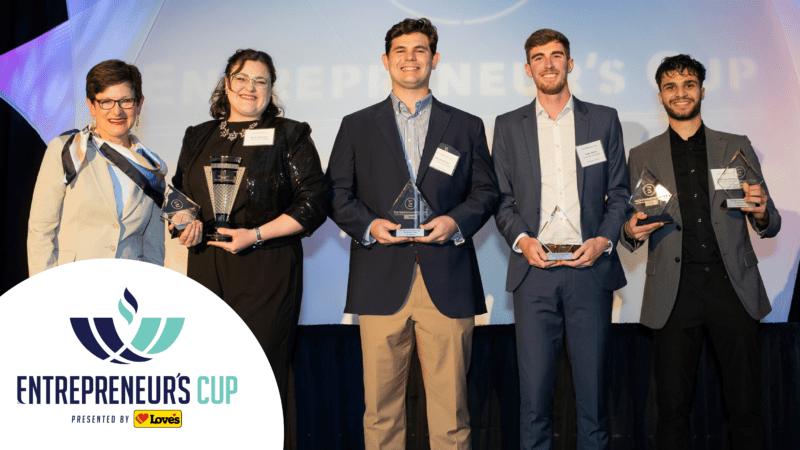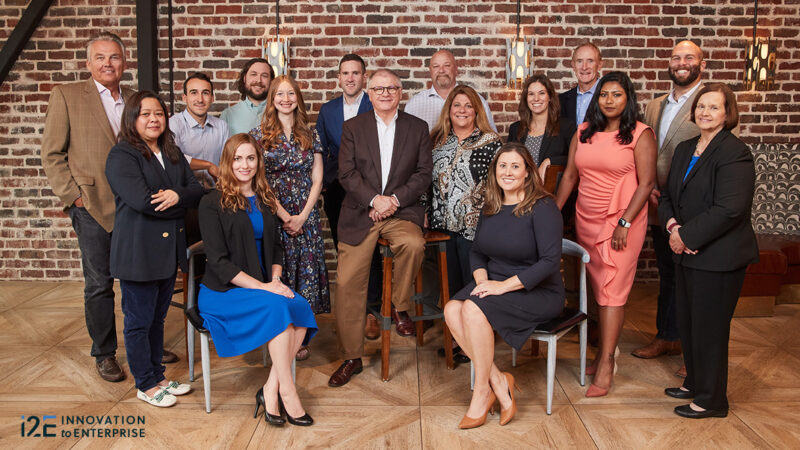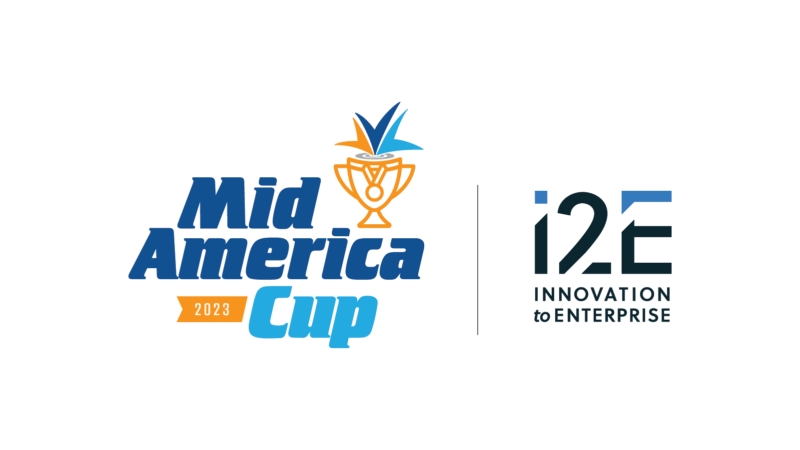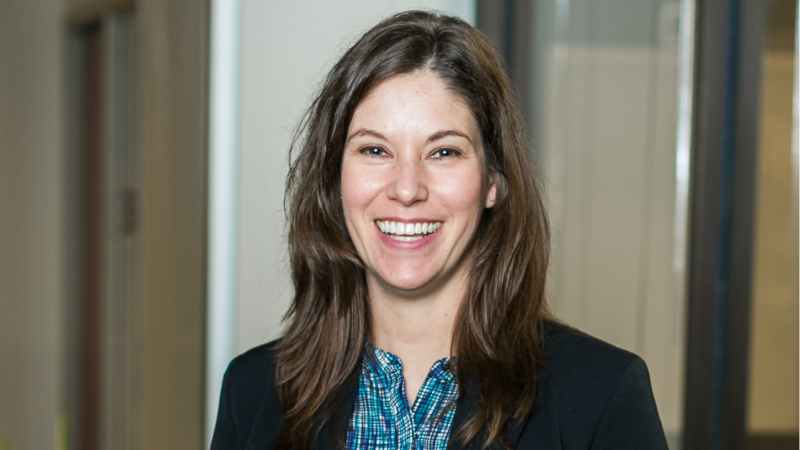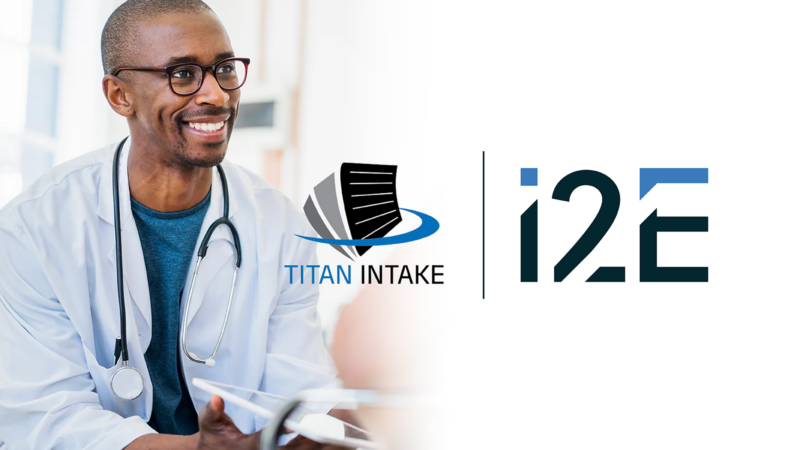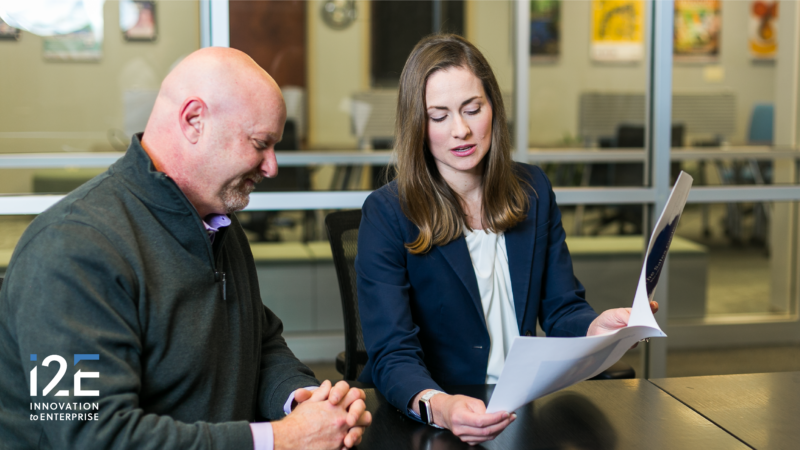By Jack Money
Copyright © 2017, The Oklahoma Publishing Co.
A startup technology or medical company based in Oklahoma needed real luck in finding the capital it needed to propel it into the big leagues before 1998.
But then, i2E was created. And, during the following 19 years, state, federal and private money the organization has helped secure to help fund startup companies in the state has proven to be a game changer, both for those firms and for the agency

officials and investors who work with them.
“There definitely has been a turn,” said Rod Whitson, a chairman at Vistage Worldwide, which helps Oklahoma City’s top CEOs and business owners grow their businesses with the help of peer advisory groups.
Whitson also invests in companies that have worked with i2E to prove their business concepts and management structures through the i2E’s SeedStep Angels program.
He’s made investments in nearly a dozen health sciences companies as part of that program during the past eight years.
Whitson also said there are dozens of other companies working with i2E that are in the technology and life sciences fields that also are attractive to investors.
Before 2009, Whitson recalls, researchers and companies were developing sound health sciences products and good business concepts in Oklahoma City. But they were having a hard time making it because they had to leave the region to find the capital they needed for their businesses to succeed.
Visionary move
i2E was formed in 1998 as a public/private partnership with the Oklahoma Center for the Advancement of Science and Technology to work with entrepreneurs to grow the state’s small business economy.
Within a year, it realized entrepreneurs needed access to capital. Oklahoma’s Legislature responded by creating the Technology Business Finance Program, a proof-of-concept fund that addressed small companies’ early capital needs.
In 2007, it added to those dollars when the Oklahoma Center for the Advancement of Science and Technology, the Oklahoma Development Finance Authority and the Oklahoma Capital Investment Board created a $7 million Oklahoma Seed Capital Fund.
In 2009, i2E also created its SeedStep Angels program so that startups could also compete for private equity investments for up to as much as $500,000, and in 2011, the federal government added about $13 million more to the capital i2E could access to help startups, too.
The SeedStep Angels program is what both investors and i2E really are excited about.
Investors are excited because they can use the program to invest in firms that, through working with i2E, are likely to succeed because they already have proved their concepts and management.
Startups who work with i2E, meanwhile, don’t need to go to either the East or West Coasts or Chicago to find capital to propel their companies into the next level.
Another benefit, i2E’s President and CEO Scott Meacham said, is that the program literally is growing Oklahoma’s economy.
Before 2009, “if you weren’t on the East or West coasts, or maybe Chicago, there wasn’t a lot of deals,” he said, explaining that capital typically flows to where the deals are.
So, Oklahoma and various other states created agencies like i2E to bring the two together.
Through i2E, he continued, investors no longer have to go hunting for what might be risky opportunities.
Because of the work i2E does with its entrepreneurs, today’s startup firms are turning out consistently high quality health sciences and technology products that investors are comfortable helping to support through the SeedStep Angels program.
Simply put, good ideas that potentially can make money keeps capital interested, Meacham said.
“Now, we have a much more consistent, high quality deal flow than we have ever had, and the capital to make those deals happen. They feed off each other.”
Recent, future successes
In November, Selexys, which developed a drug that treats sickle cell disease patients for pain, was able to exit from its SeedStep Angels funding after global drugmaker Novartis paid about $650 million for the firm.
The angels, a term used for individual investors in early stage companies, were expected to get payoffs ranging from about five to 20 times what they risked.
In addition to the local individuals who backed Selexys, the firm also had secured investments from the University of Oklahoma and the Presbyterian Health Foundation.
And then in December, Crawford & Co. announced it would acquire an 85 percent membership interest in Oklahoma City-based WeGoLook for $36.125 million.
Like Selexys, WeGoLook received support from i2E and its SeedStep Angels investors.
These deals, both Meacham and Whitson said, were high-quality opportunities because their products were sound and the companies and the investment opportunities were structured properly.
Whitson added there are other companies following the same trajectories, both in the health services and technology fields.
Some of the tech companies he mentioned include:
- Tailwind, which offers Pinterest and Instagram marketing tools for both bloggers and businesses, small and large.
- Exaptive Inc., which offers clients dataflow programming, adaptable data models and agnostic components.
- Monscierge Inc., which developed software that enables hotels to connect with guests in an easy, affordable and scalable way.
Whitson said he’s invested in about 15 firms developing life sciences products, including 10 in Oklahoma.
“All 10 of those are of the quality you would find either on the East or West coasts,” he said. “I just think there is more of an appetite for those types of investments, just because the quality of the deals are better and the experience of the entrepreneurs is better.”

